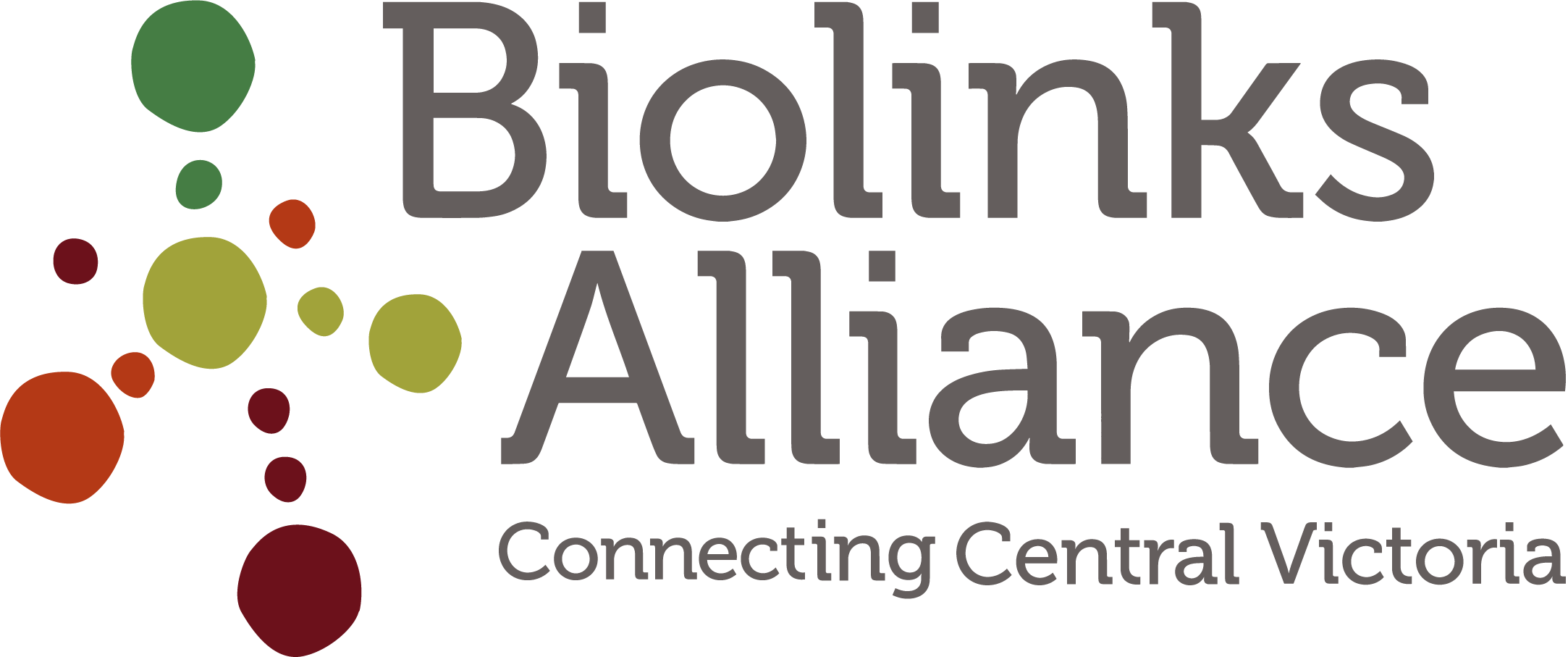Creature in crisis
Gliders
East Gippsland’s gliders have faced a 50% decline in the last 20 years - and that was before 2019’s Black Summer. Since the fires, the situation is worse. Most Greater Glider strongholds in East Gippsland were affected by fire, if not completely destroyed. Those gliders that remain fight for survival in a landscape with no food and little shelter. Protecting and reconnecting Greater Glider habitat in the Strathbogie and Wombat Forests is now even more critical for the survival of this magnificent species.
Platypus
Even before the fires, the plight of the Platypus was bleak; a University of NSW study, prepared before the fires, found Platypus numbers have halved since European colonisation. The study predicted that the population would decline by more than 50% by 2070 and described the Platypus as on “the brink of extinction”.
“We’re not protecting the future of just one species, like the Greater Glider. We’re protecting an entire web of species - and our own connection with something far greater than ourselves.”
Bertram Lobert, Ecologist, Strathbogie Citizen Science Project
Mount Cole Grevillea
Mount Cole Grevillea is a rare, orange-flowering plant that is found only in the Mt Cole and Buangor ranges of Central Victoria. While its grevillea was far from the Black Summer fires, it is no stranger to bushfire. Large portions of its habitat have been wiped out in very hot fires exacerbated by climate change, such as in 2006 when nearly 50% of the Grampians National Park was burnt.
Biolinks is working with the Victorian National Parks Association and others to protect plants like the Mt Cole Grevillea by raising the plight of endemic plants and increasing public land conservation. Recovery planning for the Mt Cole Grevillea includes building strategic firebreaks, seed collections, seed orchards and introducing new populations.
Swift Parrot
The Swift Parrot is a striking bird that migrates north from its Tasmanian breeding grounds, stopping to forage on the nectar of the eucalypt forests and woodlands like those found in the lowlands of Central Victoria. Woodlands and forests like these were impacted by the Black Summer fires in East Gippsland, NSW and QLD, impounding the bird’s already dire status as critically endangered on a national level.
Biolinks is working with Parks Victoria to repair a large area of Box Ironbark forest at Spring Plains Reserve in Heathcote, a Swift Parrot hotspot. This project focuses on increasing the water-holding ability of the land and boosting nectar flow available to these beautiful birds.
NEXT: LEAKY LANDSCAPES - CLIMATE PROOFING OUR SOILS
A changing climate; ecological thinning and new practices for healthier soils





